

The weather is nice, and you are sitting outside. Suddenly you see a tiny little white winged creature that looks similar to a moth or a butterfly. You smile, because you think that you have seen a pretty sign of spring or summer and you go about your day. But what you may have seen is not a moth or a butterfly. It may just be something called a whitefly, and they can be very destructive to your plants.
In this article, we are going to look at some information about whiteflies and we are going to answer your questions and tell you how to get rid of them. Two of the questions that we will cover are how to get rid of whiteflies in your house and how to get rid of whiteflies on your hibiscus and other plants.
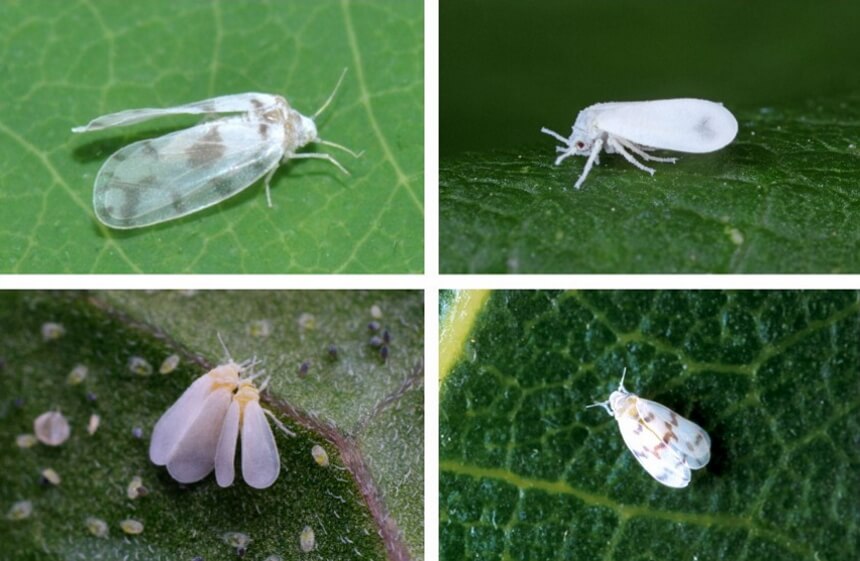
They are winged insects with soft bodies, and they are closely related to mealybugs and aphids. In spite of their name, they’re not a kind of fly, even though they are winged and can fly.
They can be as tiny as 1/12” and they look somewhat like a triangle. They’re often found clustered together on leaves’ undersides. They’re active in the daytime and they scatter when they’re disturbed. Therefore, they’re often easier to see when compared with some of the nocturnal insects.
There are many whitefly species. But the majority of them only affect a small portion of the host plants. That being said, there are some species of whiteflies that affect a much wider plant range, and this makes them very problematic when it comes to horticulture. These types of whiteflies include:
The silverleaf whitefly, which is a bit smaller and has a more yellow color than the other types of whitefly, is particularly common in southern parts of the United States.
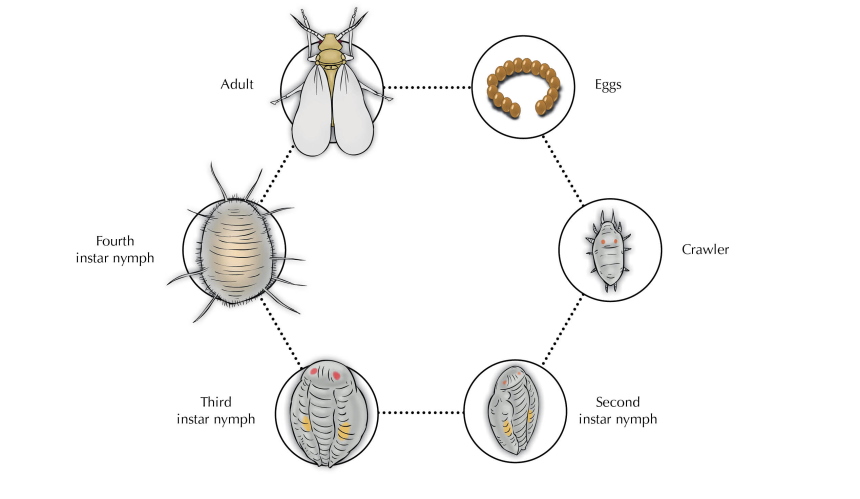
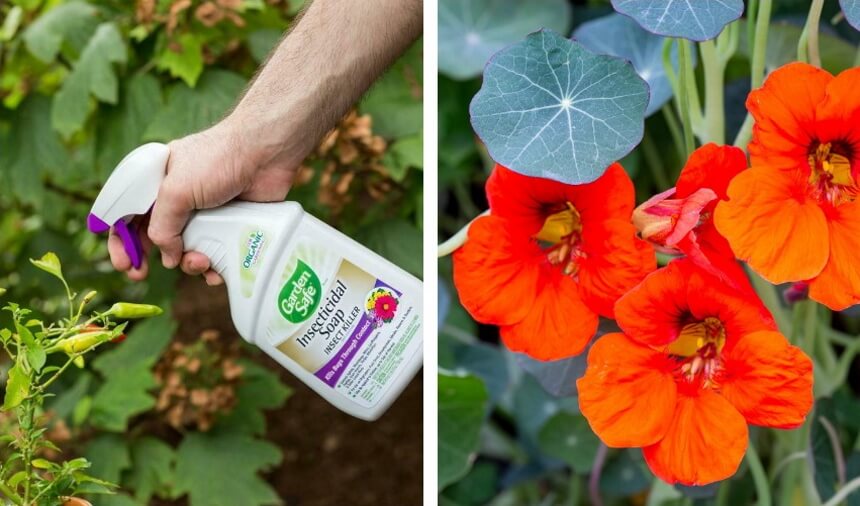
Before we jump into answering the question, how do I get rid of white flies in my house, we are going to talk about prevention. One of the best ways that you can avoid having problems with whiteflies is to prevent the problem in the first place. Below are some techniques that you can use to prevent having a problem with whiteflies:
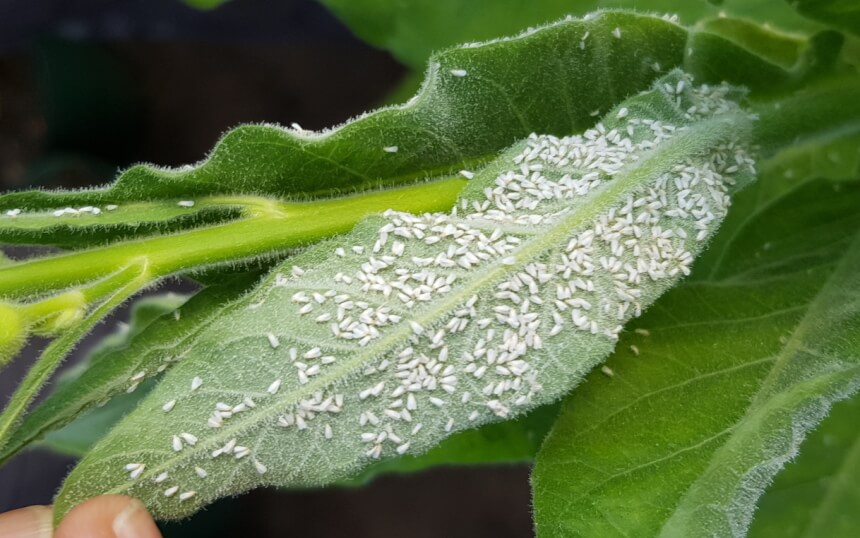
Adult whiteflies measure around 1/16” in length and look like tiny moths (if you’re also having problem with those, check our article on how to get rid of moths). Their wings are delicate and covered with a wax that’s powdery white. The numbers of whiteflies will increase quickly when the weather turns warm and there aren’t a lot of natural enemies. If you’ve disturbed a plant that’s been infested heavily with whiteflies, you are going to see a cloud of them flying off of your plant. The females will lay their eggs on the undersides of leaves. The nymphs don’t usually move, and they look like bumps on the leaf’s underside. Older nymphs and adults will many times have distinct markings that can be used for identifying what species you are dealing with. Below are some identifying characteristics of two species:
Now that you know how to recognize that you have whiteflies, let’s look at how to get rid of them. Whether you want to know how to get rid of white flies on my houseplants or you are looking for some general information about how to get rid of them, we have some helpful information below to get you started.
If you want to know how to get rid of white flies in your garden, it’s best to use natural methods so that you don’t have to worry about affecting the environment.
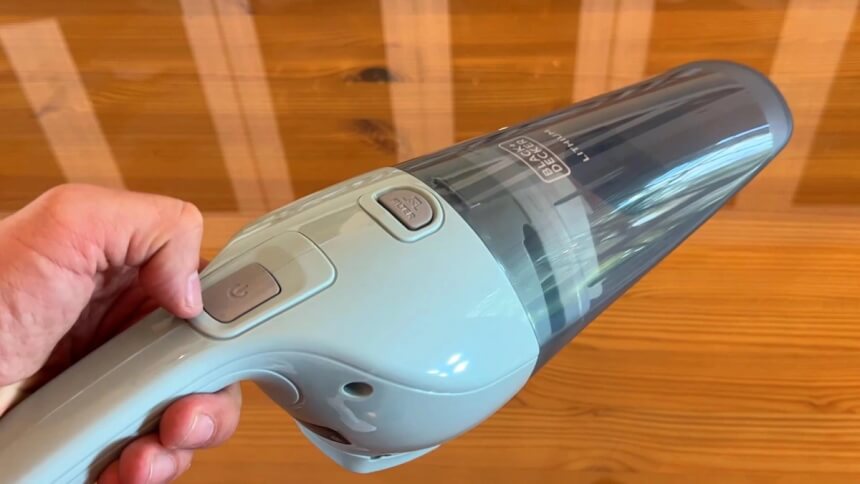
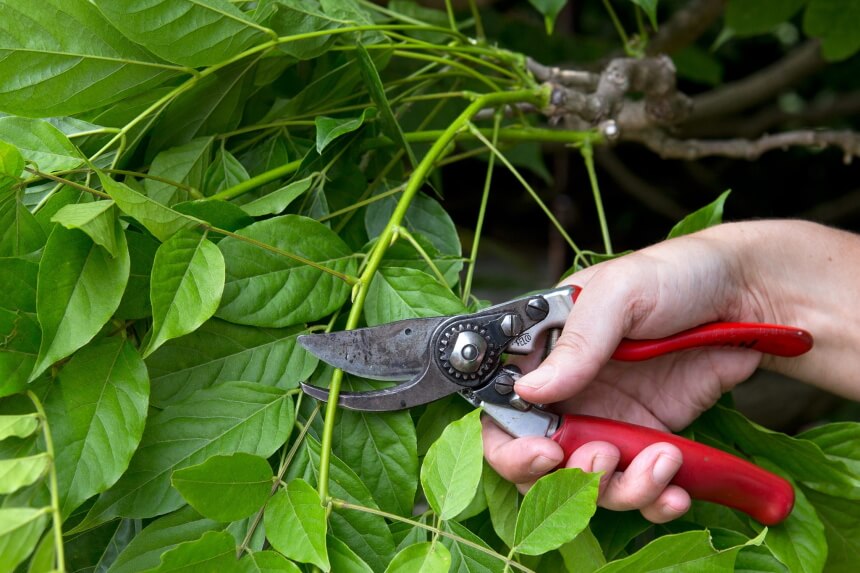
Take pruning shears or a sharp nipper. Then cut off the wilted leaves along with those that are covered in a waxy, sticky fluid. This fluid, known as honeydew, gets secreted by a whitefly after it’s ingested the vital juices of the plant. Seal the leaves that you have clipped off inside a ziplock bag before you toss them in your trashcan.
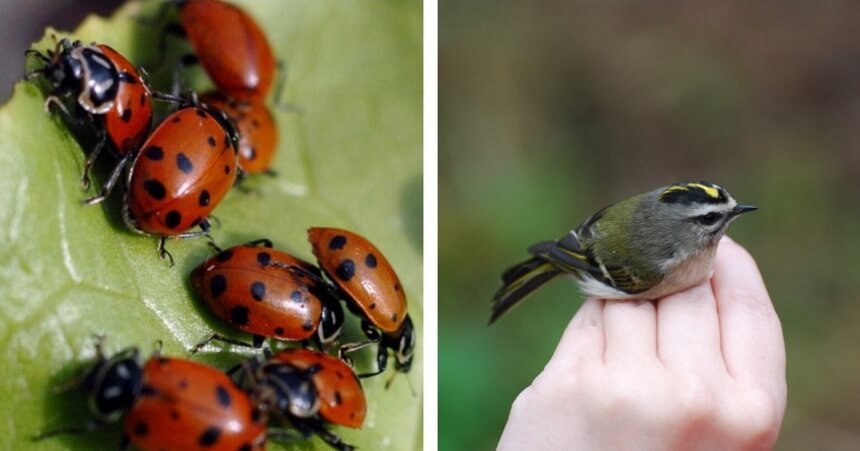
Birds that prey on whiteflies include:
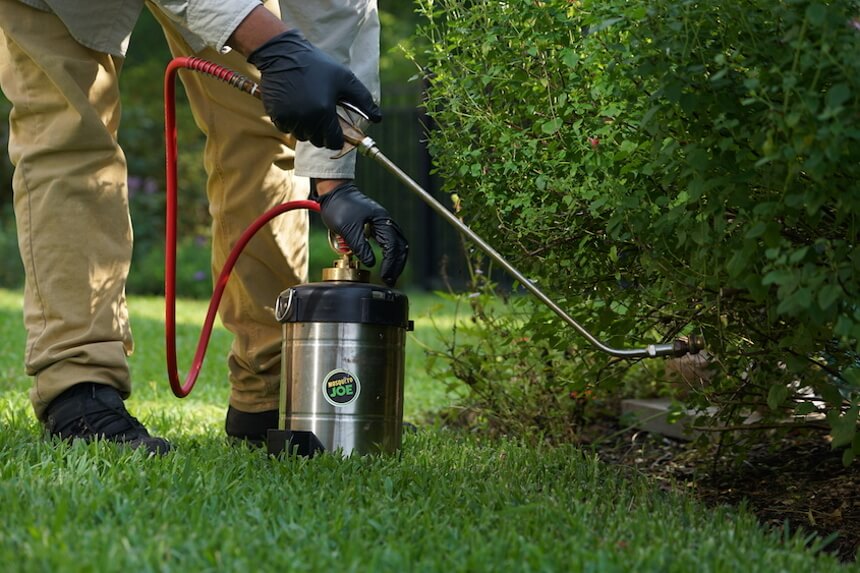
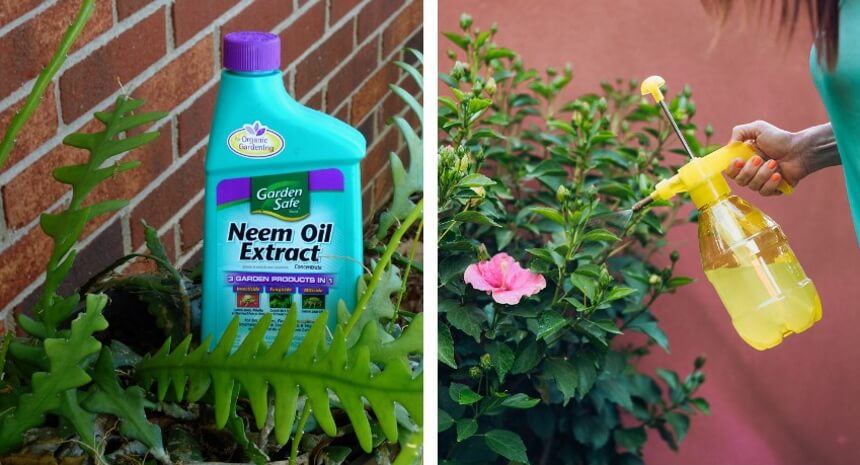

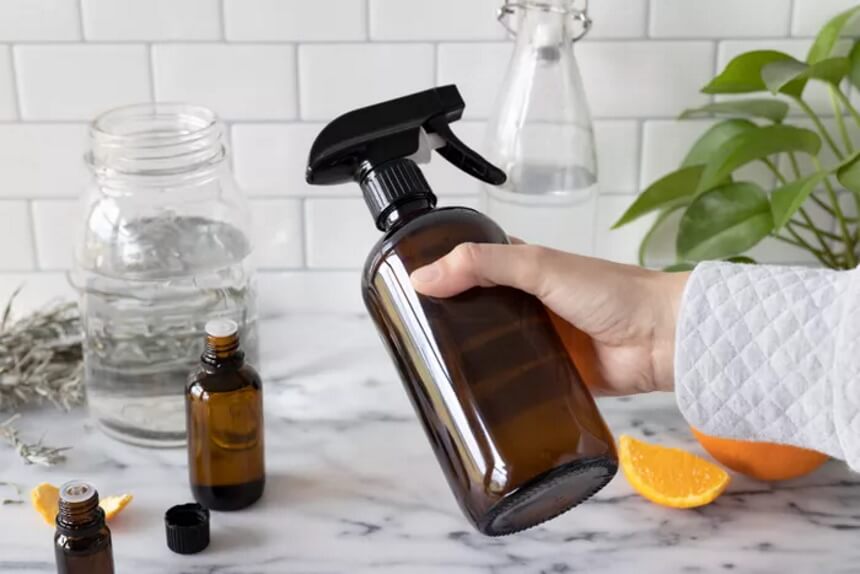
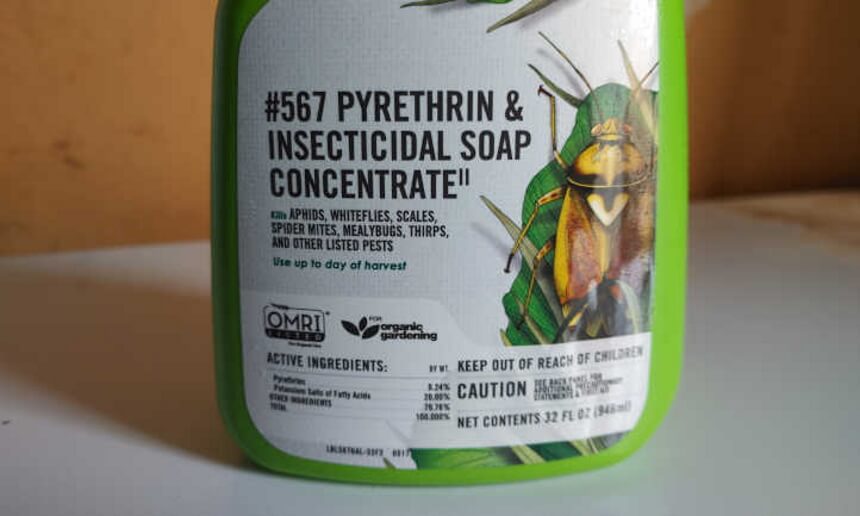
There are a lot of plants that are susceptible to damage from whiteflies. The food crops that are affected the most are:
The ornamental and greenhouse-grown plants that are most susceptible are:
Although trimming trees that are hanging over porches, roofs, pools and other spots is a good approach since it will reduce how much honeydew is falling right on the targets, it’s not usually a good idea. Remember that your trees are already stressed due to the whiteflies and if you put more stress on them by trimming them, it can be hazardous.
Some whitefly species do inject some types of viruses into the plants. But it’s not all of the species. It all depends on where you live.
This is one reason that a lot of people search the internet on how to get rid of white flies on plants, because they see the white flies and they are worried that the stuff left behind will hurt their plants. That sticky stuff is called honeydew. Although it won’t harm your plant, there will be black mold that will grow where honeydew is. It also can be very messy and could damage the finish on painted objects such as cars if you don’t wash it off. There’s also a possibility of an ant infestation, because some of them feed on the honeydew. If you happen to encounter lots of ants on your property, you should probably read our article about how to get rid of ants.
Thank you for taking the time to read our article. Now that you know what whiteflies look like and what to look for, as well as how to get rid of whiteflies, you are better prepared to take care of them.